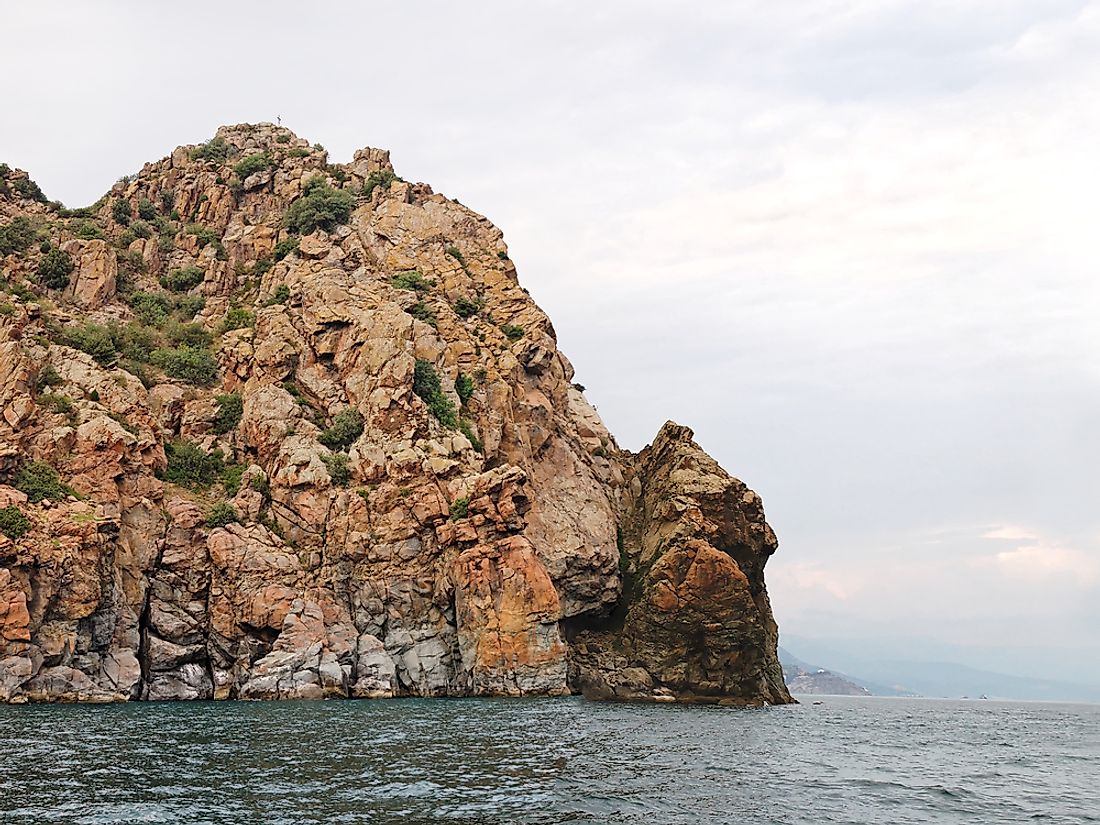What Is A Laccolith?

What Is A Laccolith?
The availability of magma in the mountains either beneath the surface of the earth or on the surface usually results in the formation of geographical features during the eruption of the magma in the volcanoes. Several features traditionally come about after the outbreak of volcanoes in all the volcanic mountains across the globe, for example, Mount Kilimanjaro in East Africa.
Igneous intrusions are the physical features that result from the eruptions of volcanic magma or through the solidification of molten rocks from beneath the surface of the earth for example laccoliths. A laccolith is a mushroom-shaped intrusion that develops beneath the surface of the earth when liquid magma surpasses its way between two horizontal layers of preexisting rock to cause the overlying materials to bulge outwards as the feature grows. With time, this usually results in the formation of tiny hills and mountains around the central peak.
They are given the name mushroom-like features because their dome-shaped portion of the feature resembles mushrooms. The formation of laccoliths usually takes hundreds of years, and after a volcano has erupted, the dome takes a very extended period for it to surface to the ground.
A laccolith is found in the Hawaii volcanoes which were formed a long time ago but only erupted a few decades ago. Another laccolith is located in Colorado, but the effect of magma during its formation was profoundly felt in that some rocks changed their physical composition, for example, limestone rock turned to marble.
Formation of Laccoliths
Before an eruption of a volcano, there is usually significant deposits of molten magma beneath the surface of the earth ready to erupt. After the outbreak takes place, the remaining magma that did not erupt cools off and remains dormant. The cooled magma penetrates through layers of sedimentary rocks that are pre-existing and lie horizontally to each other. The end features after the penetration of the magma is what is called a laccolith. The laccolith is only visible to people after several years when high pressure forces the overlying material to bulge outwards forming hill-like features. Laccoliths are usually small in size, but the most massive laccolith is found in the United States called the Pine Valley Mountain.
Environmental effects of the formation of laccoliths
The formation of laccoliths can only occur after there is a violent volcanic eruption. The locations where volcanic eruptions have occurred are usually acidic which makes it difficult to harbor any plants or animals. Years of research has proven that the formation of this geological feature often leads to change of rocks. For example, limestone will change to marble and sedimentary rocks will change to granite.
The formation of critical geological features on the surface of the earth beautifies the environment and brings an aesthetic effect to the world. Tourists from all over the world travel to see these natural features which returns revenue to the country where the laccolith is located.











